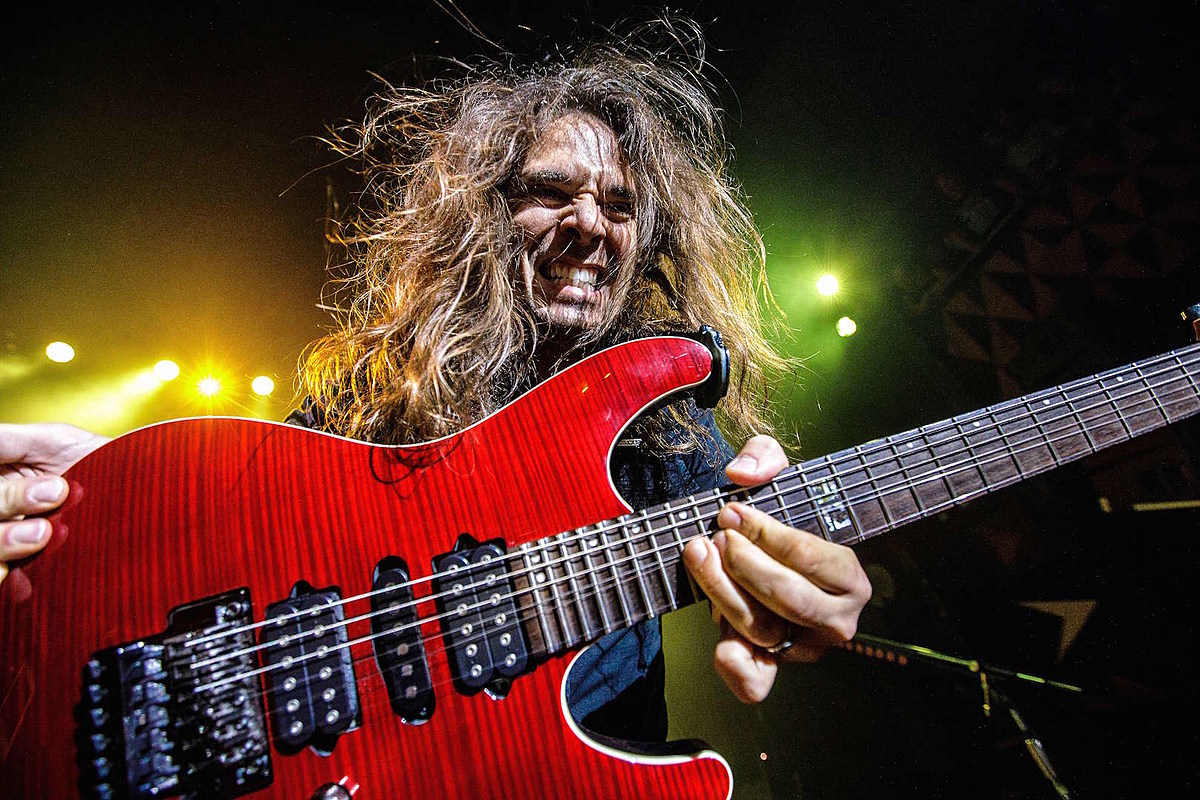Gamasutra: Winifred Phillips’s Blog – Stemming for Modular Game Music (Composing for Lineage M: GDC 2022)

The following blog post, unless otherwise noted, was written by a member of Gamasutras community.
The thoughts and opinions expressed are those of the writer and not Gamasutra or its parent company.

By Winifred Phillips | Contact | Follow
Welcome! I’m video game composer Winifred Phillips. I’m glad you’re here for this third article in my series based on my Game Developers Conference 2022 lecture, “Composing for Lineage M: Modular Construction in Game Music.” My GDC presentation explored the top creative and technical challenges of creating a flexible music system for a game with a retro design. This article series shares most of the content of that GDC presentation, along with the videos I included in my presentation at the conference.
In the first two articles of this series, we explored the power and awesome popularity of retro gaming. We reviewed the history of the world-famous Lineage video game franchise, including how the original Lineage PC game from 1998 found its way to modern mobile devices in 2017 under the name Lineage M. I shared my experience as the chosen composer of the music for a new DLC release for Lineage M, and what it was like composing the first new gameplay music for the original Lineage MMORPG in over 24 years.

During our discussion in the previous two articles, we took a look at how a modular approach to the composition of linear music can increase its utility for video games, even within an implementation scheme that focuses on one-shots rather than dynamic construction. You’ll find all these ideas discussed in detail in these articles:
Part One: Techniques for Modular Game Music (Composing for Lineage M: GDC 2022)
Part Two: Structure for Modular Game Music (Composing for Lineage M: GDC 2022)
Continuing our discussion of how to assemble an expert modular music system, let’s examine how instrumental performances can best fit into the modular approach. We’ve already explored how melodies can be separated into individual modules. Let’s now look at how the instrumental performances of these melodies can be treated as modular components. A module offers flexibility by allowing the included musical content to be easily transplanted from one part of a game’s musical score to another. By treating instrumental performances as modules, we are able to extend the flexibility of the modular system by virtue of extensive stemming, which enables single instruments to be divided into multiple modules. I discussed the concept of stemming in my book, A Composer’s Guide to Game Music (The MIT Press):
|
“In audio mixing, a stem is a recording of some isolated part of a musical composition. It may be an individual instrument or it may be a subgroup of instruments that form a certain percentage of the whole ensemble… stems can be recorded to enable the audio engineer to have a finer control over the mix. For instance, in an orchestral recording, the individual sections may be recorded separately so that the audio engineer can assert perfect control over the relative volume levels of woodwinds, brass, strings, and percussion.” (Chapter 11, page 194)
|
For Lineage M: The Elmor, I recorded 56 instrument stems. The stems sometimes represent small discrete elements such as a single gong, or sound design-inspired flybys. Other stems included full orchestral sections, or full choir recordings.

Here’s a list that should provide a broad overview of these stem recordings:
- 15 percussion stems
- 10 string stems
- 6 woodwind stems
- 5 keyboard stems
- 4 bass stems
- 4 brass stems
- 4 sound design effects stems
- 3 synth stems
- 2 bell stems
- Guitar stem
- Harp stem
- Choir stem
Decisions about how to subdivide instruments into stem recordings were governed by the modular system – how would these recordings be used? Did they need to be divided, and how fine should those divisions be? Let’s look at percussion as an example.
Within the boundaries of meter and tempo, all percussion content for Lineage M: The Elmor was intricately divided according to predominant rhythmic values:
- Whole notes
- Half notes
- Quarter notes
- Eighth notes
- Sixteenth notes

This allowed any section of any composition to scale in rhythmic concentration – from sparse to very dense. Percussion was also further divided by general frequency ranges:
- Low frequency
- Mid-frequency
- High-frequency

In stemming the rhythmic instruments with such detail, we were able to scale the visceral intensity of the music, and that allowed it to be deployed in a pretty broad range of circumstances. Let’s take a look at how the rhythm is broken down, and then built up, according to these modular stems:
|
|
Stemming also allowed for some unusual approaches to instrumentation, to increase the utility of modular elements within the tracks. For instance, in music composed for the Sacred District, I recorded several different varieties of church organ and layered them, so that the performances could be stemmed separately. This enabled the use of more vigorous, intense organ stems with brilliant upper frequencies, as well as darker, more calm versions that favored the mid-to-lower ranges. They were designed so that their stem recordings could be played both separately and together, which increased options for deployment.

I also took the same approach with the church bells. Dividing instruments by their dominant frequency ranges turned out to be a great way to generate more components for the modular system. Let’s take a look at how that worked:
|
|
We’ve now discussed what a modular approach means in terms of music for games. In general terms, we’ve explored how rhythms, melodies, countermelodies, and instrumentation can be structured as discrete components intended for multiple configurations. In the case of Lineage M, the game engine wouldn’t accommodate a dynamic implementation – but we did have the ability to compile the modules and then prepare a large assortment of configurations as one-shots. Everything was in the same tempo and key – all the modules were compatible – we had lots of options.

In the next article of this series, we’ll be taking a closer look at those options, starting first with practical strategies for the user-interface music of Lineage M: The Elmor. Until then, thanks for reading!

Winifred Phillips is a BAFTA-nominated video game composer whose most recent project is the music for one of the latest blockbuster releases in the Lineage series (one of the highest-grossing video game franchises of all time). Other recent projects include the hit PlayStation 5 launch title Sackboy: A Big Adventure (soundtrack album now available). Phillips’ popular and award-winning Assassin’s Creed Liberation score was recently singled out by GameSpot as their favorite in the franchise, naming it one of the “best video game soundtracks you can stream.” As an accomplished video game composer, Phillips is best known for composing music for games in five of the most famous and popular franchises in gaming: God of War, Total War, The Sims, Assassin’s Creed, and Sackboy / LittleBigPlanet Phillips has received numerous awards, including an Interactive Achievement Award / D.I.C.E. Award from the Academy of Interactive Arts and Sciences, six Game Audio Network Guild Awards (including Music of the Year), and three Hollywood Music in Media Awards. She is the author of the award-winning bestseller A COMPOSER’S GUIDE TO GAME MUSIC, published by the MIT Press. As one of the foremost authorities on music for interactive entertainment, Winifred Phillips has given lectures at the Library of Congress in Washington DC, the Society of Composers and Lyricists, the Game Developers Conference, the Audio Engineering Society, and many more. Phillips’ enthusiastic fans showered her with questions during a Reddit Ask-Me-Anything session that went viral, hit the Reddit front page, received 14.9 thousand upvotes, and became one of the most popular gaming AMAs ever hosted on Reddit. An interview with her is now featured as a part of the Routledge text, Women’s Music for the Screen: Diverse Narratives in Sound, which collects the viewpoints of the most esteemed female composers in film, television, and games. Follow her on Twitter @winphillips.









